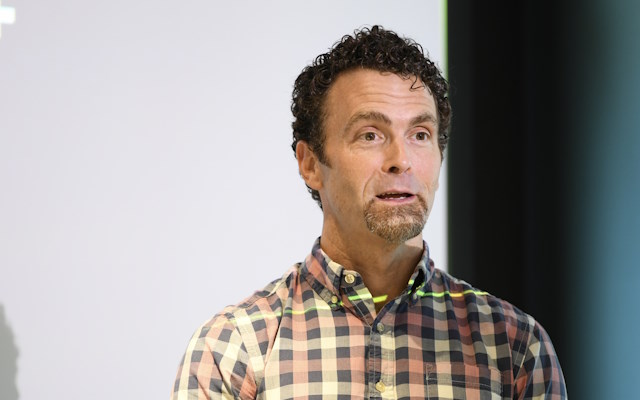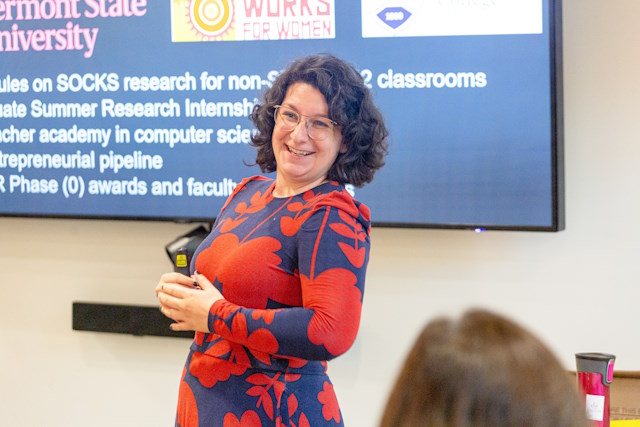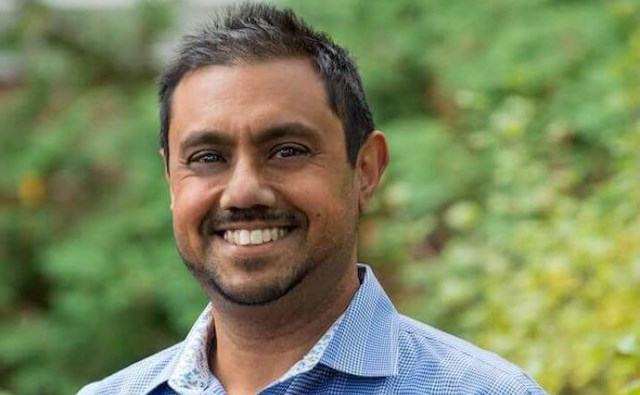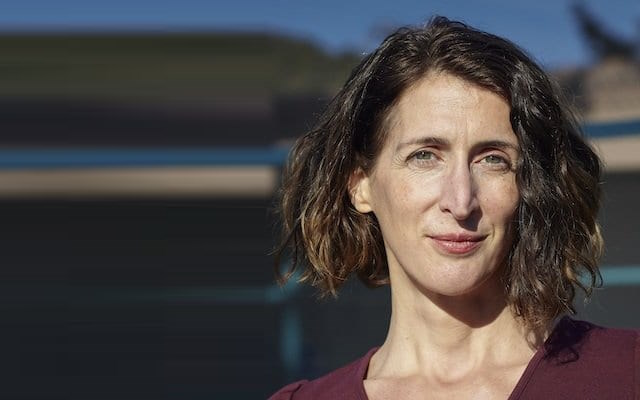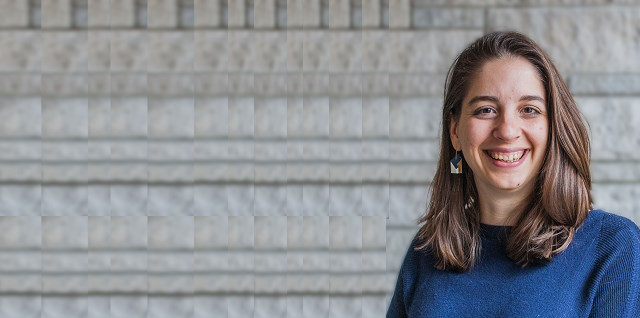Small
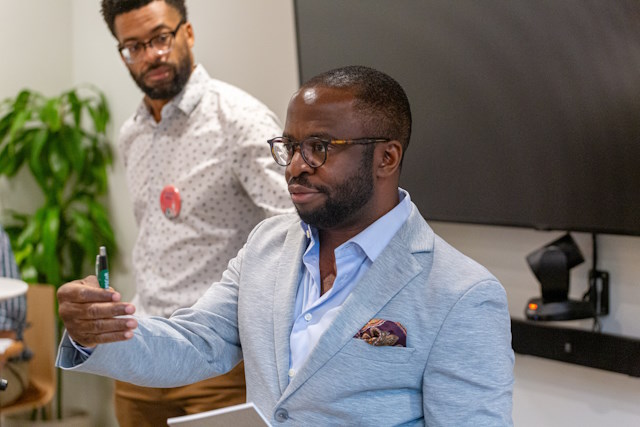
Dynamics of Narrative Information on Networks
We will collect and analyze data from online social networks and then develop and visualize empirical models. By combining mathematical modeling, archival testbeds, and computational methods, we will investigate both micro-level processes and macro-level dynamics to understand how information spreads, persists, and mutates within complex social and organizational networks.
Team Members
